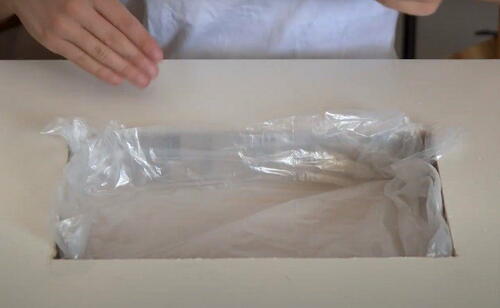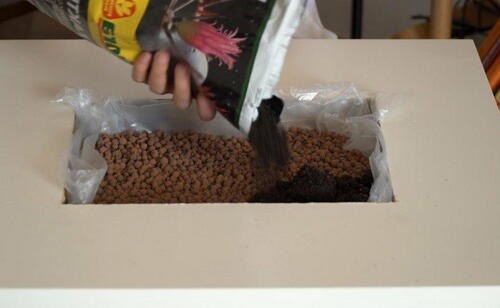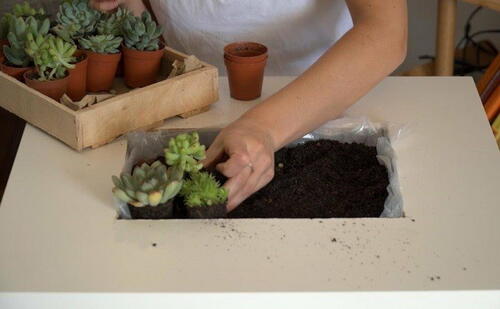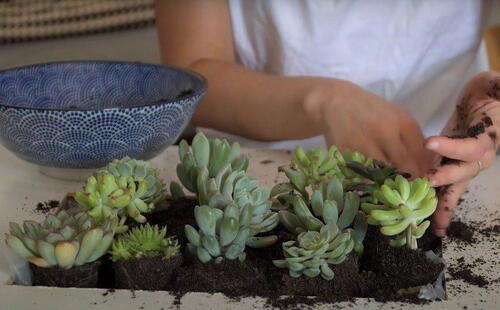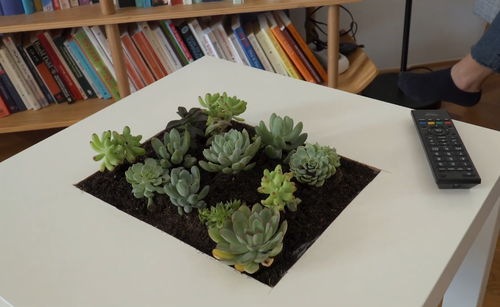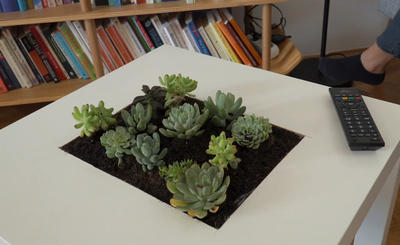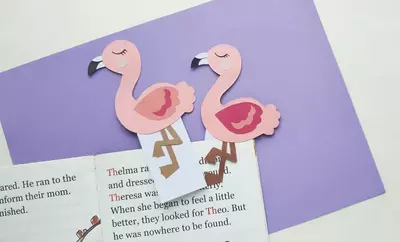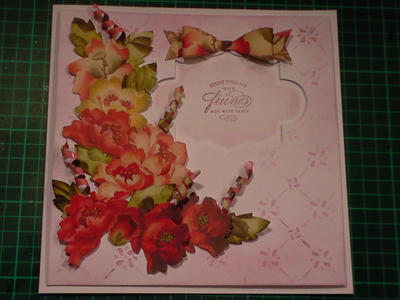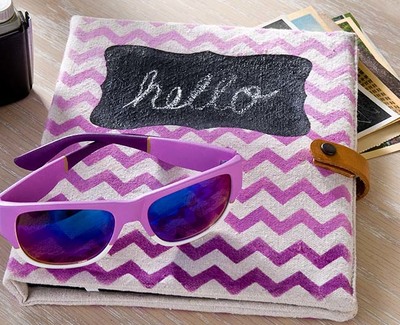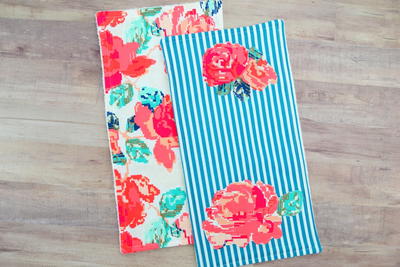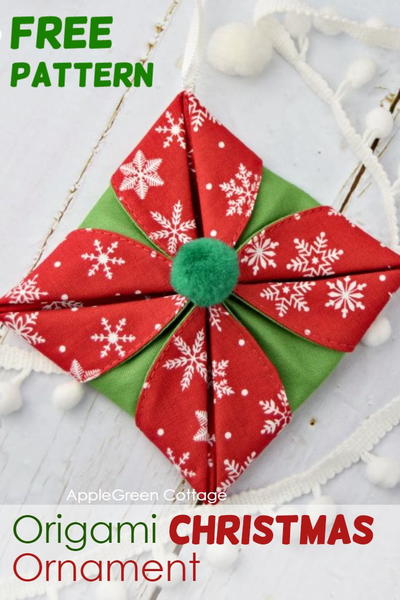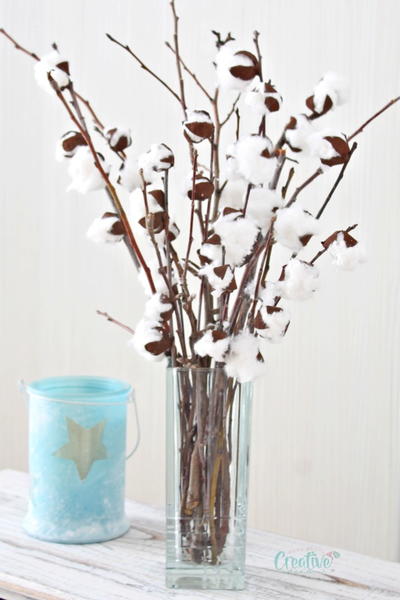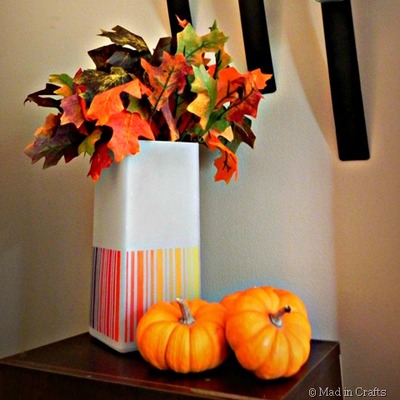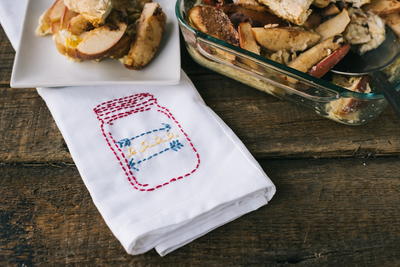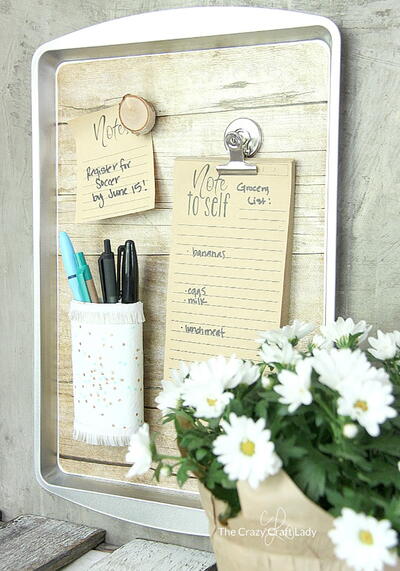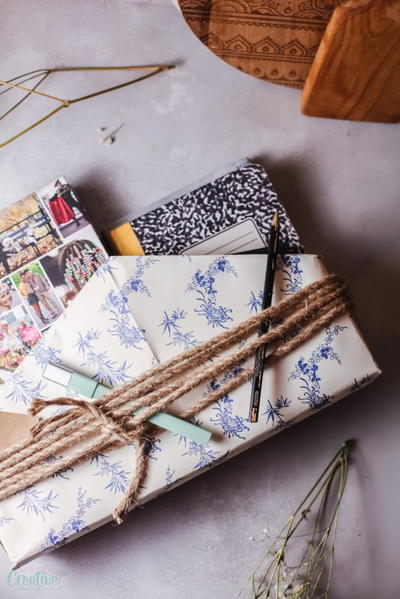This project was submitted by one of our readers, just like you.
DIY Succulent Table

From the blogger: "Designer piece instead of simple furniture – we explain how to turn a normal table and a few succulents into an amazing eye-catcher – by making a DIY succulent table. Materials needed are a small table (for example the “LACK” model from Ikea), measuring tape, duct tape, pen and cutter, plastic wrap, expanded clay balls (LECA), cactus soil, and succulents. It takes about 1 hour to complete and you'll have an eye-cathing table in the living room by the end of it!"
Estimated Cost$21-$30
Time to CompleteIn an evening
Primary TechniqueFurniture Projects

Materials List
- A small table (for example the “LACK” model from Ikea)
- Measuring tape
- Duct tape
- Pen and cutter
- Plastic wrap
- Expanded clay balls (LECA)
- Cactus soil
- Succulents
Instructions
-
First, the final planting area for the succulents must be drawn out. In order to obtain the most accurate template possible, it is advisable to work with a measuring tape. We decided on a planting hole with a length of 30 centimeters and a width of 23 centimeters, because these dimensions leave enough space for the plant to be staged, as well as a sufficiently wide margin (for example for placing glasses). Of course, the shape and size of the subsequent succulent bed can be individually adjusted, so smaller planting areas are just as possible as imaginative shapes.
-
After the drawing, the space for the succulents must be cut out. To make the cuts particularly straight and precise, you can lay out the measuring tape along the interface and fasten it with adhesive tape. With a cutter knife the line can be cut straight like on a ruler. When all four sides of the drawn rectangle have been cut out, you can carefully lift the cut out tabletop with the blade of the cutter and remove it. A honeycomb-shaped cardboard appears underneath: In this layer, too, you move the cutter knife along the sides and remove the cardboard from the table as neatly as possible.
-
Next, insert a plastic film into the hole that was just created. This is particularly important for the succulent table, as it would swell after a few weeks due to the moisture of the irrigation water and would ultimately be destroyed. Therefore, when lining the hole it is extremely important to make sure that the film has no holes or tears and covers all parts of the hole created. If you want to be on the safe side, you can use a small tub or bowl instead of a film.
-
After the space for the plants in the table has been prepared, you can start preparing to repot the succulents. First, fill the hole in the table with expanded clay balls (aka LECA). This improves the drainage properties of the later substrate and thus ensures that the risk of waterlogging is reduced. This drainage layer is particularly important when planting a succulent table, because there are no drainage holes through which excess water could run.
-
Next, fill to about half the hole with cactus soil. In contrast to normal potting soil, this is more suitable for the cultivation of succulents, since it is better adapted to their soil and nutrient requirements and thus offers them a more optimal environment for growing.
-
Now the individual succulents can be carefully removed from their old pots. Remove the old soil which sticks to the root ball of the plant, but the fine roots of the plants should not be damaged under any circumstances. The plants freed from their pots can now be arranged in their new home – once the right arrangement has been decided on, fill the remaining gaps with cactus soil and lightly press on in. Excess soil on the table can only be carefully removed from the edge by hand or with a damp cloth.
-
After the succulent table has been completed, proper care of the plants is particularly important, as repotting is a major burden for them. For this reason, the plants should not come into contact with direct sunlight during the first week, as this will stress the plants. In addition, succulents should only be watered a week after repotting to relieve the weakened roots.
-
Once the first few weeks have been successfully completed, the succulents prove impressively why they are so popular: If you offer them a bright, sunny place, the robust plants hardly need any maintenance. In fact, excessive watering can even harm the plants, which is why you should always make sure that the plant substrate is completely dry before each new watering.
-
Succulents love brightness and therefore need a location with a lot of light. If the plants stand in a place that is too dark, they will etiolate. This means that the succulent forms long and very thin shoots in order to receive as much light as possible. A location directly at the window or in a light-flooded winter garden is ideal. If it is not possible to find a place for the succulent table with enough light, a special plant lamp can be set up for additional light.
-
Even in winter, a location with lots of light is essential. It is also an advantage if the succulent plant is in a cool place. For example, stairwells, unheated winter gardens or bright places in the basement are ideal for wintering. Overwintering at normal room temperature is also possible, but it is essential to ensure that there is sufficient distance from heat sources such as heaters. Otherwise the succulents could dry out. It is particularly important that the watering is restricted in winter. The root balls should never dry out completely, but the soil should not remain moist for a long period of time. In general, the cooler the location of the plant, the less water the succulent needs.
NotesVisit my blog for more succulents DIY tutorials for the home!

Read NextDollar Store Magnetic Organizer

